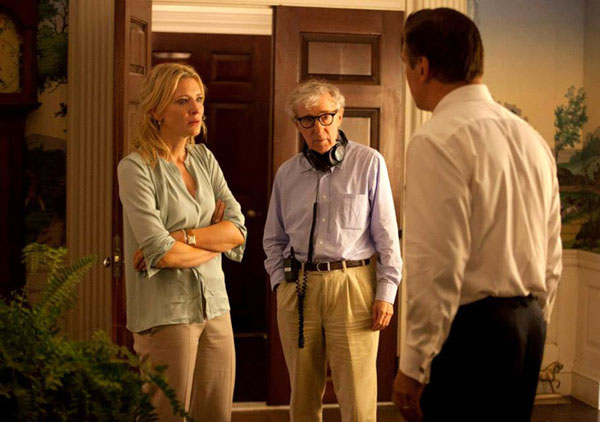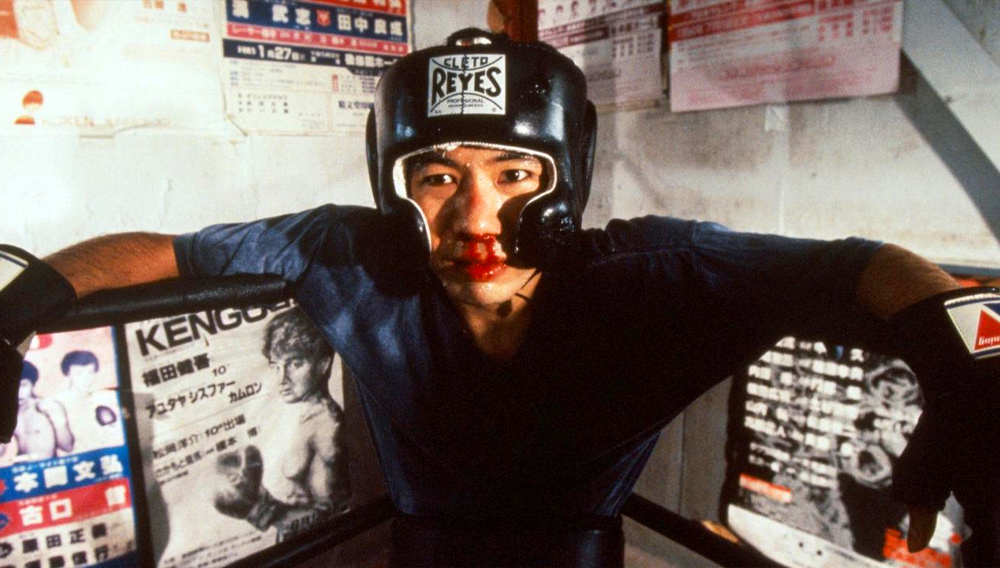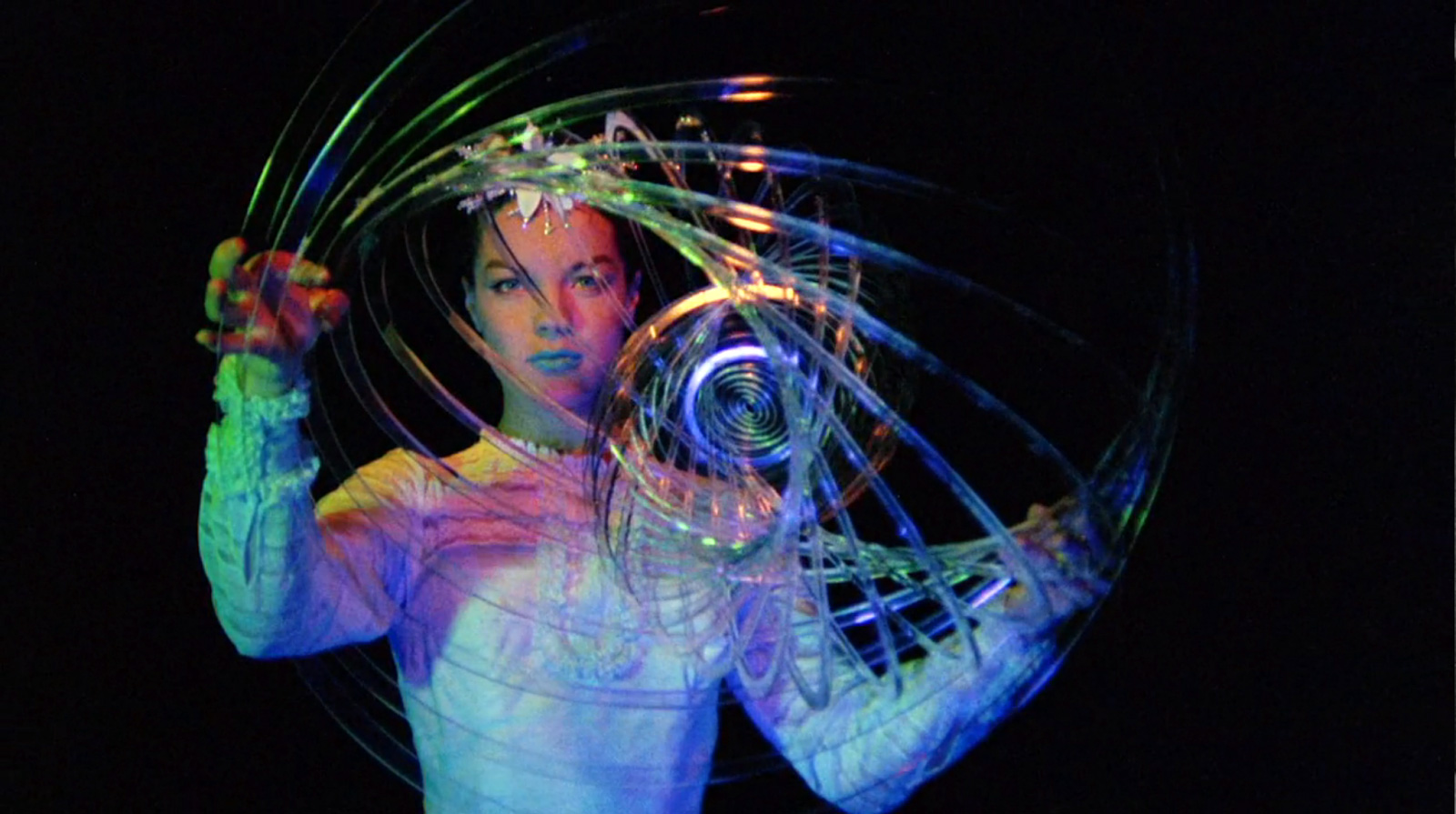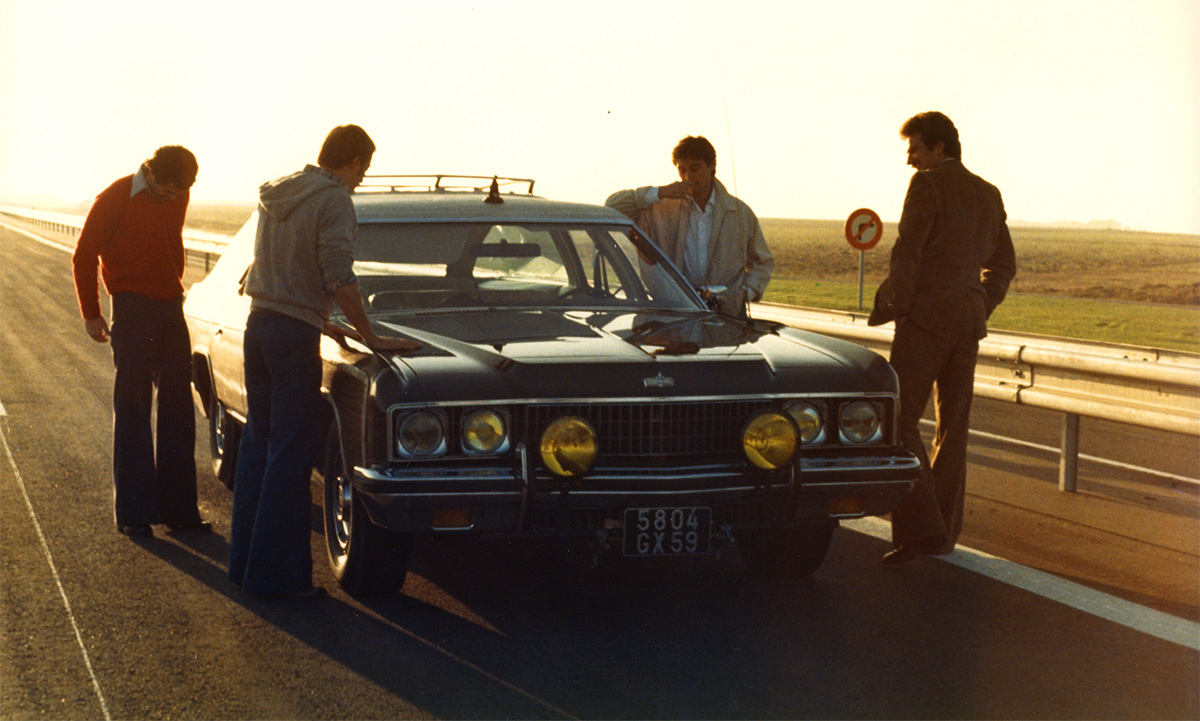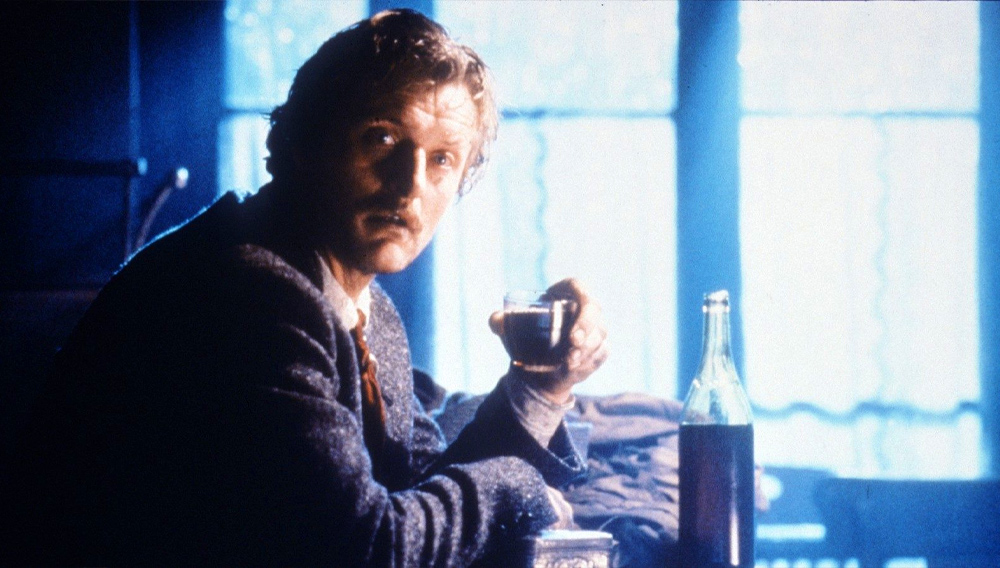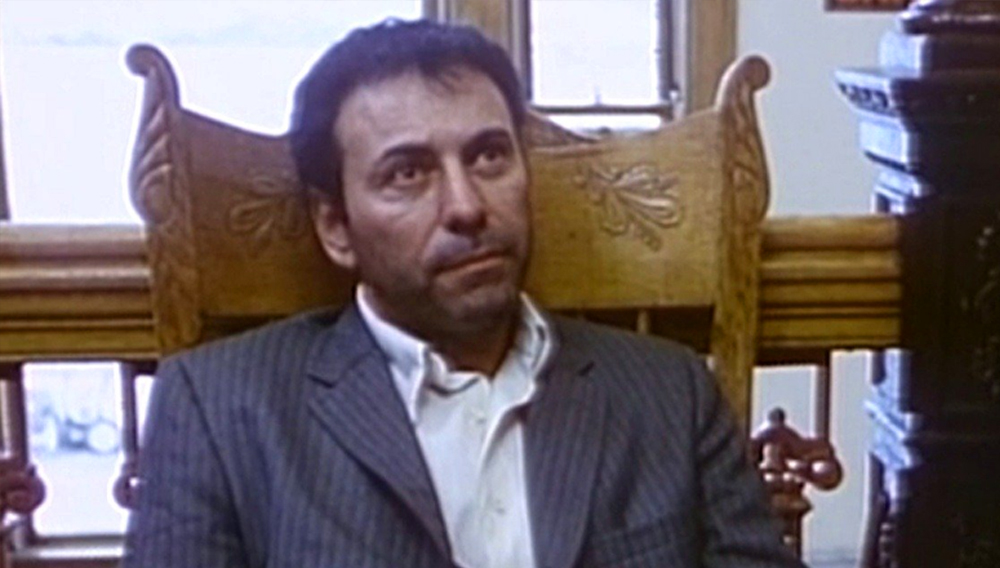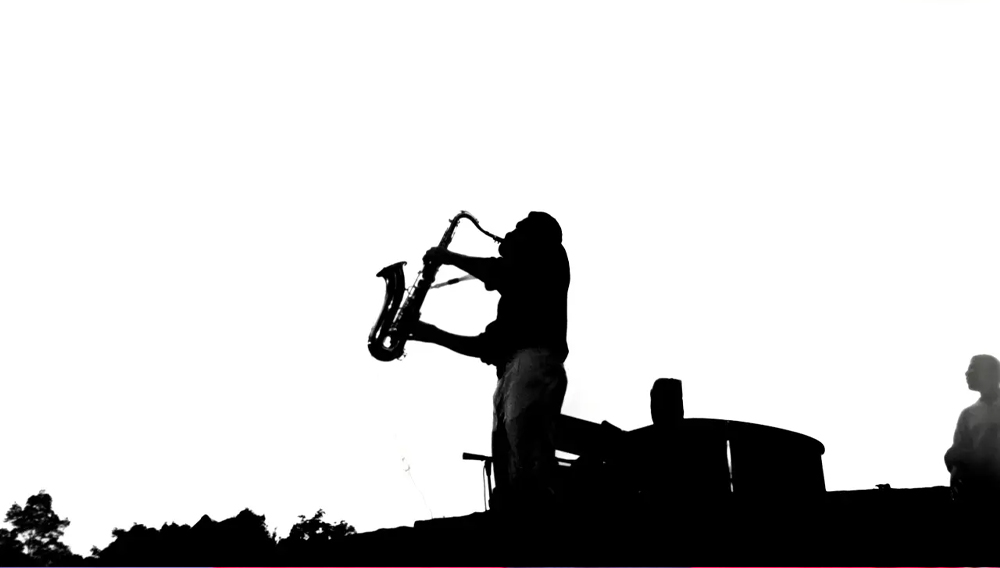A poignant moment in Charles McGrath‘s profile of Woody Allen for the WSJ Magazine: “‘I can’t play the scenes where I’m sitting opposite Diane Keaton or Mia or Dianne Wiest or Judy Davis. If I think of parts for myself now, all I can be is Pop, the lovable doorman backstage at the theater who takes phone numbers for the guys, or the psychiatrist, or the amiable dad at the wedding.’ He sighed. ‘I like to be the lover.'”
Vadim Rizov‘s been busy at Film.com. He’s taken a close look at three periods of Stephen King‘s work as a film critic and also written up a list of ten non-American films huge in their home country.
Stuart Cohen, who produced John Carpenter’s The Thing (1982), looks back on “a frenzied six-week period from late October to early December, 1981, in which The Thing shape-shifted into something harder and more powerful, and in the process took a decisive turn toward the dark side. During this time, John restructured the film, wrote what was essentially a new Second Act to conform to the editing he had done (including new death scenes for two characters), adopted MacCready as his spiritual doppelgänger, and scrambled to get all of it shot on location in Stewart, B.C. Coming face to face with his own greatest fear—fear of failure—he was able to make The Thing undeniably his.”
“Do so-called ‘millennials’ indeed shun classics?” asks John McElwee. “Naysayers (folk I’d guess to be at least as old as me) claim there’ll never be another Golden Age of film appreciation like the 60/70’s… I’d say agreed to those who claim today’s generation is not interested in the classic era to degrees we were…. The current generation is, in fact, more engaged than any I grew up with.” And there’s a follow-up to this entry as well.
A new 35mm restoration of Michelangelo Antonioni‘s L’Avventura (1960) will be making the rounds—at Cinefamily in Los Angeles, for example
Books. For the Los Angeles Review of Books, Kim Morgan reviews Tribute: Marilyn Monroe, a new comic written by Dina Gachman, illustrated by Nathan Girten, and colored by Dan Barnes: “I was worried, for a moment, when I read Gachman’s Indiewire essay, in which she admits that, upon receiving the assignment to write about Marilyn Monroe, she didn’t have a ‘huge amount of respect for her.’ But, predictably, extensive reading and research resulted in a newfound appreciation and admiration of her intelligence and talent. In Tribute, you can sense Gachman wanted to do Marilyn justice, and with the fresh, excited perspective of a newly christened devotee. ‘I really fell in love with her,’ she writes. And new love is refreshing.”
With Al Pacino: Anatomy of an Actor, Karina Longworth “reminds critics that erudition and humanity are not mutually exclusive properties,” writes Chuck Bowen at the House Next Door.
On the Leonard Lopate Show, Lynda Obst discusses her new book, Sleepless in Hollywood: Tales from the New Abnormal in the Movie Business.
In theaters. See Critics Round Up for discerning selections of reviews of Jem Cohen’s Museum Hours, Xavier Dolan’s Laurence Anyways, Pedro Almodóvar’s I’m So Excited, Neil Jordan’s Byzantium, Paul Feig’s The Heat, and Roland Emmerich’s White House Down.
Bologna. “At Il Cinema Ritrovato, one could spend the whole festival just watching programmes of short films from the first two decades of cinema,” writes Lukas Foerster in a first dispatch.
London. “Simon Starling’s film installation Phantom Ride, commissioned by Tate Britain for its vast Duveen Galleries, takes its title from a cinematic fad of the early 1900s,” writes Brian Dillon in the London Review of Books. “Cameras and cameramen were hitched to the buffers of trains, and latterly trams, and filmed the track and scenery as they hurtled along. An early phantom ride was typically a single shot, just a few minutes long, which might, if you visited Hale’s Tours of the World (established on Oxford Street in 1906), have had its speeding colonial vistas enhanced with railway whistles, hissing steam and even shaking benches.” Starling’s Phantom Ride “doesn’t take us outside the museum, but instead tells what Starling calls ‘a sort of ghost story’ about the objects formerly displayed there.” On view through October 20.
Manchester. For the Observer, Sean O’Hagan talks with Adam Curtis about his upcoming presentations with Massive Attack. Curtis sees our “increasingly managed society as an extension of ‘a deeply conservative ideology that says it is deeply dangerous to try and change the world and thus makes us afraid of moving forward into an uncertain, but possibly better, future.’ Billed simply as Massive Attack v Adam Curtis, in the manner of an old school reggae or hip-hop sound system clash, the multimedia performance, which Curtis calls a ‘glim’—a cross between a gig and a film—will elaborate on these arguments, both conceptually and in terms of the narrative arc of his latest film. Its working title, borrowed from a Russian protest song of the 1980s, is ‘Everything Is Going According to Plan.’ It is clear that he aims to surprise and provoke on a grand scale.”
More browsing? John Wyver‘s got a “bumper edition” of weekend links.
Recently updated entries: The Hitchcock 9. Remembering Richard Matheson and James Gandolfini. BAMcinemaFest and the New York Asian and Edinburgh film festivals.
For news and tips throughout the day every day, follow @KeyframeDaily on Twitter and/or the RSS feed. Get Keyframe Daily in your inbox by signing in at fandor.com/daily.

